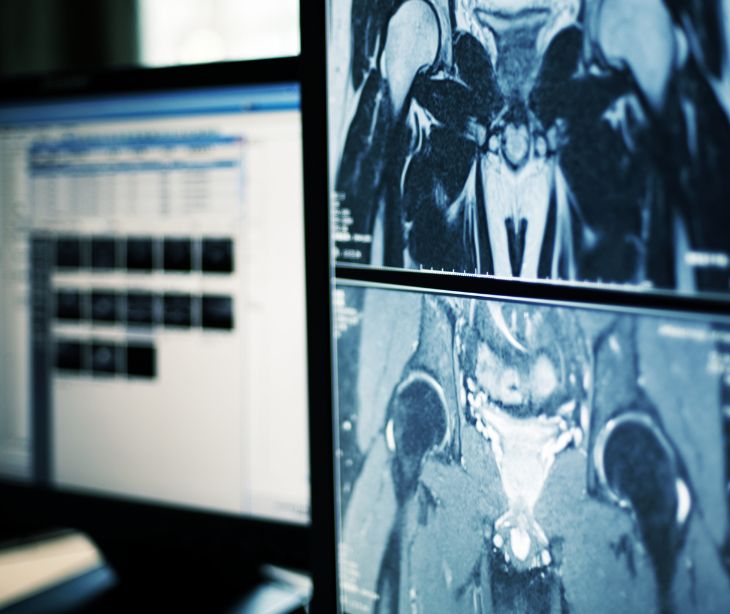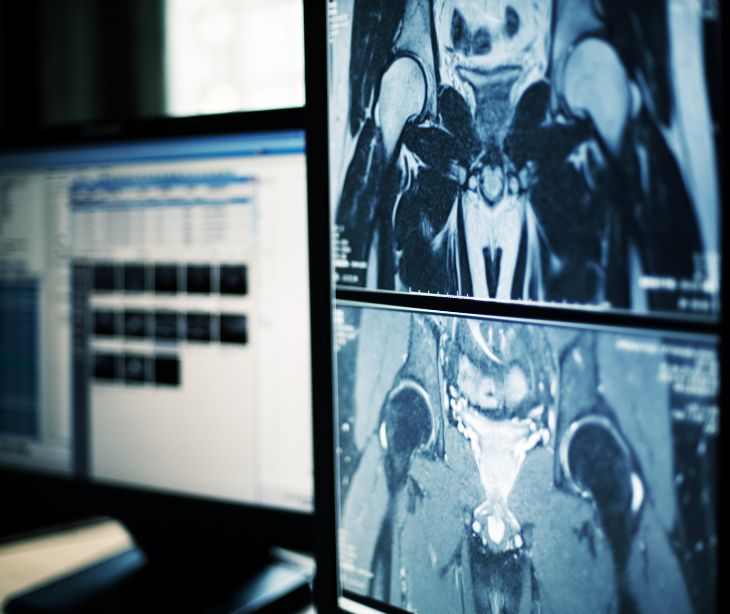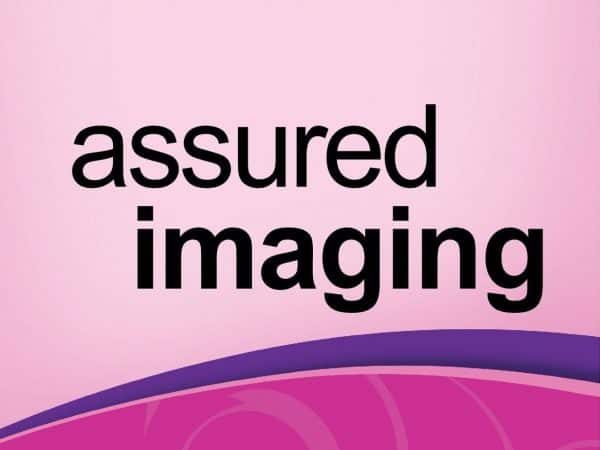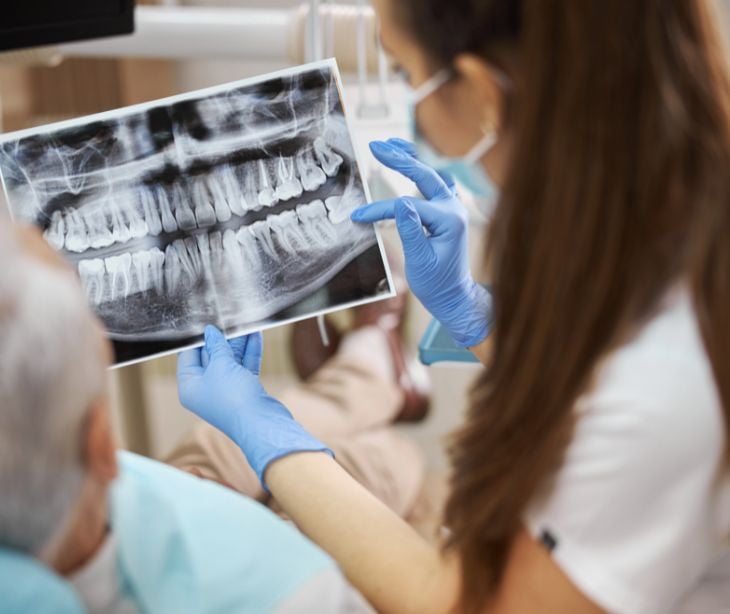
A Picture Archiving and Communication System (PACS) is a medical imaging technology that provides economical storage, retrieval, management, distribution, and presentation of medical images. Radiology departments primarily use PACS to handle images from various medical imaging instruments, including ultrasound, magnetic resonance imaging (MRI), positron emission tomography (PET), computed tomography (CT), and X-rays.
PACS revolutionizes how medical images are stored and accessed, significantly differing from traditional film-based methods. Traditionally, healthcare providers relied on physical film for image storage, leading to significant space requirements and challenges in efficient data retrieval and sharing. In contrast, PACS digitizes medical images, enabling instant access and electronic distribution.
Components and functionality of PACS
- Imaging modalities: These are the various types of medical imaging equipment used to capture patient images. Common modalities include CT scanners, MRI machines, X-ray machines, and ultrasound devices.
- Acquisition gateway: This component serves as a bridge between the imaging modalities and the PACS. It ensures that images captured by different modalities are formatted and transmitted in a compatible and standardized manner, typically using the DICOM (Digital Imaging and Communications in Medicine) format.
- PACS server and database: The core of a PACS is its server and associated database. This is where the images and related data are stored and managed. The server ensures efficient data retrieval, management, and backup, maintaining the integrity and accessibility of the medical images.
- Workstations and viewing software: These are specialized computers with high-resolution monitors and advanced software used by radiologists and other healthcare professionals to view, analyze, and interpret medical images. The software often includes tools for image enhancement, measurement, and comparison.
- Communication network: A robust and secure network is required to transmit large imaging files. This network connects the different components of the PACS. It enables sharing images within a healthcare facility or with external entities, such as other hospitals or remote clinics.
See also: What is a watering hole attack?
Technological integration for PACS
PACS integrates with other hospital information systems like Electronic Health Records (EHR) and Radiology Information Systems (RIS) to enhance healthcare delivery. This integration allows for the automatic transfer of imaging data from PACS to EHR and RIS, ensuring that patient records include the most current diagnostic images and related reports. When a radiologist interprets an image and creates a report in the PACS, the system immediately updates this information in the patient's EHR.
Consequently, physicians and other healthcare providers gain quick access to these reports and images directly from the EHR, facilitating a more comprehensive view of the patient's medical history and current condition. Similarly, the integration with RIS streamlines scheduling, billing, and reporting processes in radiology departments, leading to increased efficiency and reduced chances of errors.
See also: What is a HITRUST gap analysis?
Benefits of utilizing PACS
PACS improves the storage and accessibility of medical images. By digitizing images, it eliminates the need for physical storage space. It reduces the risks associated with lost or damaged films. This leads to a more efficient retrieval process, enabling healthcare providers to access patient images quickly and securely from any connected workstation within the healthcare network.
It serves to streamline the workflow in radiology departments. It facilitates rapid and efficient image transfer between different departments and even different healthcare facilities, enhancing collaboration and consultation among medical professionals. This interconnectivity speeds up the diagnostic process, allowing for faster treatment decisions and improved patient outcomes.
PACS also contribute to reducing healthcare costs. The digitization of images reduces the need for film and associated chemicals, storage, and personnel for film handling. In the long term, this leads to cost savings for healthcare facilities.
See also: HIPAA Compliant Email: The Definitive Guide
Subscribe to Paubox Weekly
Every Friday we'll bring you the most important news from Paubox. Our aim is to make you smarter, faster.




